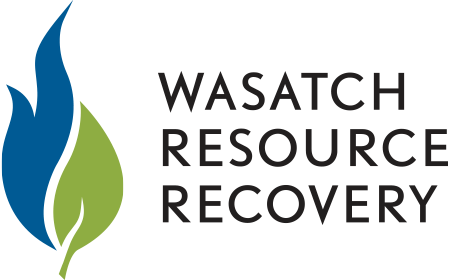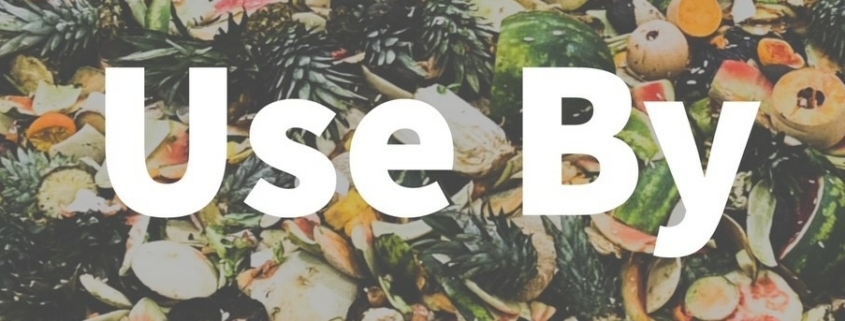Sell by, Use by, Best by – Can I Eat This?
Have you ever cleaned out your pantry or fridge and found an old bottle of ketchup or a box of crackers that you forgot about? You check the label and it says “Best By February 2016”, oops!
You open them up and they smell fine, look fine, even taste fine! But that pesky date…
In the United States there are no federal regulations that control or mandate food product dating – except for infant formula. As a general rule, any date displayed on a food product references the quality of the product not the safety. What does this mean? Let’s take a closer look at some of the specifics.
Date Phrase |
What it means |
Is it a safety date? |
Best if Used By/Before |
Indicates the date a product will be of the highest quality |
No |
Sell By |
Indicates to store management how long to display the product for maximum freshness |
No |
Use By |
The end date that a product will be at its highest quality |
No* |
Pack Date |
A code on many canned or packaged items that may not appear in the regular DD/MM/YYYY format – this is not related to expiration or freshness dates |
No |
* except infant formula
So what are the takeaways? Basically, use your senses! Food labels and dates can be confusing and provide little detail about safety. Look at it, smell it, and taste it! If there is mold growing, a strange texture, an odd scent or flavor, it has likely expired. If not, trust your gut and use it. That being said, there are a few tips and tricks to saving money and reducing your food waste at home.
- Store food properly!
- Keep foods more vulnerable to bacteria or food-borne illnesses (high risk foods) on the bottom shelf of your fridge (it’s the coldest) – raw meats, poultry, dairy, fish, etc.
- Store less high risk foods on upper shelves – beverages, leftovers, yogurt, etc.
- The doors of a fridge are the warmest, avoid placing high risk foods there
- Store canned goods in a cool/dry location
- Place leftover meals or ingredients in sealed containers
- Visit https://savethefood.com/storage to learn about the best storage for all of your food!
- Always make a shopping list before heading to the store
- Plan meals based on ingredients you already have in your pantry
- Freeze and cook foods to extend shelf-life
- Store herbs and cut vegetables (like celery and carrots) in containers with a few inches of water
- Use ice cube trays to freeze ingredients for future use
- Mix herbs with olive oil
- Blend fruit to use in smoothies
- Tomato paste
- Make coffee ice cubes for iced coffee
- Baby food
- Buy “ugly” produce – misshapen or slightly bruised fruits and vegetables are wasted at a much higher rate
Trust your senses, know that food product dates are guidelines and not hard and fast rules. Next time you are at the grocery store or cleaning out your pantry, get creative and think twice!
Sources https://www.fsis.usda.gov/wps/portal/fsis/topics/food-safety-education/get-answers/food-safety-fact-sheets/food-labeling/food-product-dating/food-product-dating#:~:text=A%20%22Best%20if%20Used%20By,is%20not%20a%20safety%20date. https://news.extension.uconn.edu/2019/10/30/expiration-use-by-and-sell-by-dates-what-do-they-really-mean/# https://www.nrdc.org/stories/read-cleaning-out-your-fridge https://www.sciencedaily.com/releases/2015/04/150415203336.htm https://www.forbes.com/sites/eustaciahuen/2017/06/30/foodlabels/?sh=6aa7fd6d5936 https://www.fsis.usda.gov/wps/portal/fsis/topics/food-safety-education/get-answers/food-safety-fact-sheets/safe-food-handling/shelf-stable-food-safety/ct_index https://savethefood.com/storage



